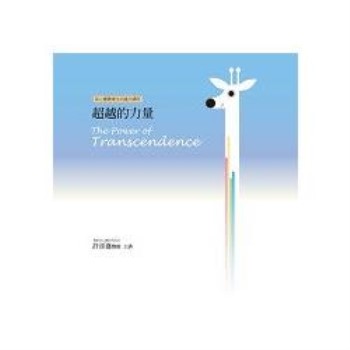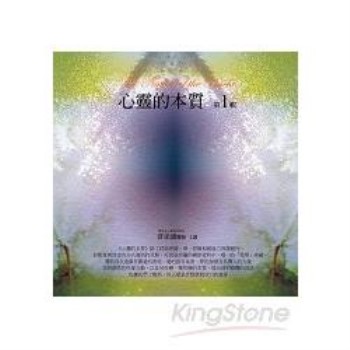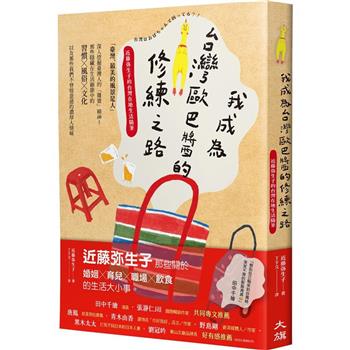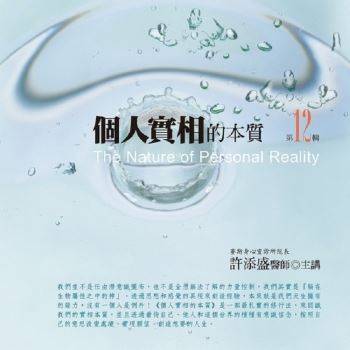| FindBook |
有 2 項符合
Summary of How We Got to Now的圖書 |
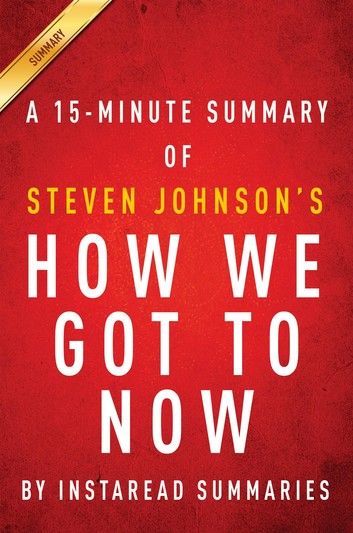 |
Summary of How We Got to Now 作者:Instaread Summaries 出版社:Instaread, Inc 出版日期:2016-05-18 語言:英文 |
| 圖書選購 |
| 型式 | 價格 | 供應商 | 所屬目錄 | 電子書 |
$ 0 |
企業家精神與小型企業 |
電子書 |
$ 0 |
企業家精神與小型企業 |
|---|
| 圖書館借閱 |
| 國家圖書館 | 全國圖書書目資訊網 | 國立公共資訊圖書館 | 電子書服務平台 | MetaCat 跨館整合查詢 |
| 臺北市立圖書館 | 新北市立圖書館 | 基隆市公共圖書館 | 桃園市立圖書館 | 新竹縣公共圖書館 |
| 苗栗縣立圖書館 | 臺中市立圖書館 | 彰化縣公共圖書館 | 南投縣文化局 | 雲林縣公共圖書館 |
| 嘉義縣圖書館 | 臺南市立圖書館 | 高雄市立圖書館 | 屏東縣公共圖書館 | 宜蘭縣公共圖書館 |
| 花蓮縣文化局 | 臺東縣文化處 |
|
|
How We Got to Now by Steven Johnson | Includes Analysis
Preview of this summary:
Chapter 1
Glass formed in the Libyan desert about twenty-six million years ago when grains of silica became superheated for some unknown reason. People began making ornaments from it about ten thousand years later. Still later, Roman artisans learned to make glass windows and drinking vessels from these early examples of glass.
In 1204, Turkish glassmakers migrated to Venice, a major trade hub. The merchants of Venice happily began trading in this new commodity, but the high heat required for glassmaking kept sparking fires in the city. In 1291, the glassmakers were relocated to the island of Murano, where their creative community has thrived due to new levels of competition and shared innovation.
Murano glassmakers developed crystal, an extremely clear glass that bends light very precisely. Monks in northern Italy used it to create the first eyeglasses. Other than monks, most people did not read, so there was little demand for glasses until Johannes Gutenberg’s printing press made books accessible in the 1440s. Other innovators began studying the properties of convex pieces of glass. In 1590, a father and son in the Netherlands invented the microscope, which British scientist, Robert Hooke, used in the next century to discover the cell, the building block for life.
In 1608, Hans Lippershey patented a lens that magnified what a person was viewing through it. Galileo improved on the Lippershey’s design and, two years later, was using a telescope to challenge the assumption that all heavenly bodies revolved around the Earth. The printed word spread his ideas and helped pave the way for the Renaissance.
One hummingbird effect of glass came from a quest to measure things. In 1887, British physicist, Charles Vernon Boys, created a thin fiber of glass to use as a balance arm. The new type of glass, which would come to be called fiberglass, was very strong. Within a hundred years, fiberglass was widely used in insulation, airplanes and computer circuits.
PLEASE NOTE: This is a summary of the book and NOT the original book.
Inside this Instaread Summary:
- Overview of the entire book
- Introduction to the important people in the book
- Summary and analysis of all the chapters in the book
- Key Takeaways of the book
- A Reader's Perspective
About the Author
With Instaread Summaries, you can get the summary of a book in 30 minutes or less. We read every chapter, summarize and analyze it for your convenience.
|
